
Do you have a question about the HP Guardian and is the answer not in the manual?
Details tasks frequently performed in system operation and maintenance.
Explains how to develop a checklist for daily tasks.
Discusses the Safeguard security product.
Describes how automating tasks saves time and reduces errors.
Explains how to get started with TACL.
Describes TACL's primary use as an interactive command interpreter.
Details how to enter TACL commands.
Explains how to access the system and communicate with a TACL process.
Explains how to end a TACL session.
Describes how to access files on remote systems.
Explains how to set up remote passwords for network access.
Details how to start and terminate a remote TACL process.
Introduces files in the Guardian operating system.
Describes different types of disk files.
Explains the structure of disk file names.
Describes how TACL fills in missing parts of file names.
Describes how to get information about running processes.
Details using the STATUS command to display process information.
Explains using the PPD command for named processes.
Describes how to start and control processes using the RUN command.
Describes how to define and use function keys.
Explains creating library files for function key definitions.
Details how to add comments to library files.
Explains how to write alias definitions for TACL commands.
Explains what a DEFINE is and how to use it.
Lists important points to consider when using DEFINEs.
Describes the rules for creating DEFINE names.
Explains the use of templates with DEFINE commands.
Explains basic file management with FUP.
Identifies who can use FUP.
Details ways to enter FUP commands.
Explains entering FUP commands via TACL.
Explains how to create structured and unstructured files with FUP.
Provides examples of creating different file types.
Describes creating unstructured files.
Explains creating entry-sequenced files.
Explains routine operations related to magnetic disks.
Details performing operations using SCF.
Explains how to check disk volumes and their status.
Describes bringing up disks or paths from a down state.
Describes how labeled-tape processing functions.
Introduces the MEDIACOM interface for tape operations.
Describes different tape processing modes.
Lists basic tasks for labeled tape activities.
Explains the importance of backup and restore.
Describes the modes of operation for backup and restore.
Explains how to back up files using file-mode operation.
Details how to copy backed-up files from tape to disk.
Provides an overview of the spooler subsystem.
Explains the benefits and purpose of using the spooler.
Describes the components of the spooler subsystem.
Explains spooler jobs and their attributes.
Explains how to run Peruse.
Describes spooler jobs and their attributes.
Details how to enter Peruse commands.
Explains how to set the current job in Peruse.
Details methods for entering Spoolcom commands.
Explains entering commands directly via TACL.
Describes starting Spoolcom interactively.
Explains using command files with Spoolcom.
Explains conventions for naming spooler components.
Details managing spooler collector processes.
Explains how to add a collector.
Describes how to display collector attributes.
Covers managing users and system security.
Discusses operator responsibilities towards system users.
Explains the importance of staying updated with system information.
Details the importance of regular system monitoring.
Explains what operator messages are and their types.
Defines terms related to messages.
Lists tools for monitoring operator messages.
Describes different types of operator messages.
Explains how to display file version information.
Details finding product files.
Describes finding files in the Guardian environment.
Explains selecting files for VPROC.
Explains how to list all devices on the system.
Details how to determine device states.
Explains how to check the status of disks.
Covers checking the status of peripherals.
Describes a systematic approach to finding problem causes.
Explains how to gather and log problem facts.
Details learning problem symptoms by asking questions.
Explains collecting facts about the situation.
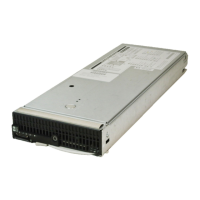


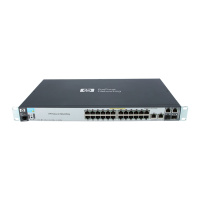

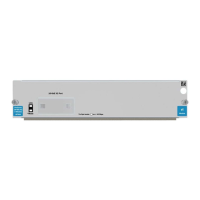
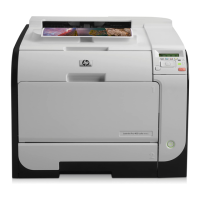



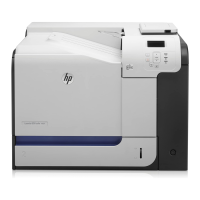

